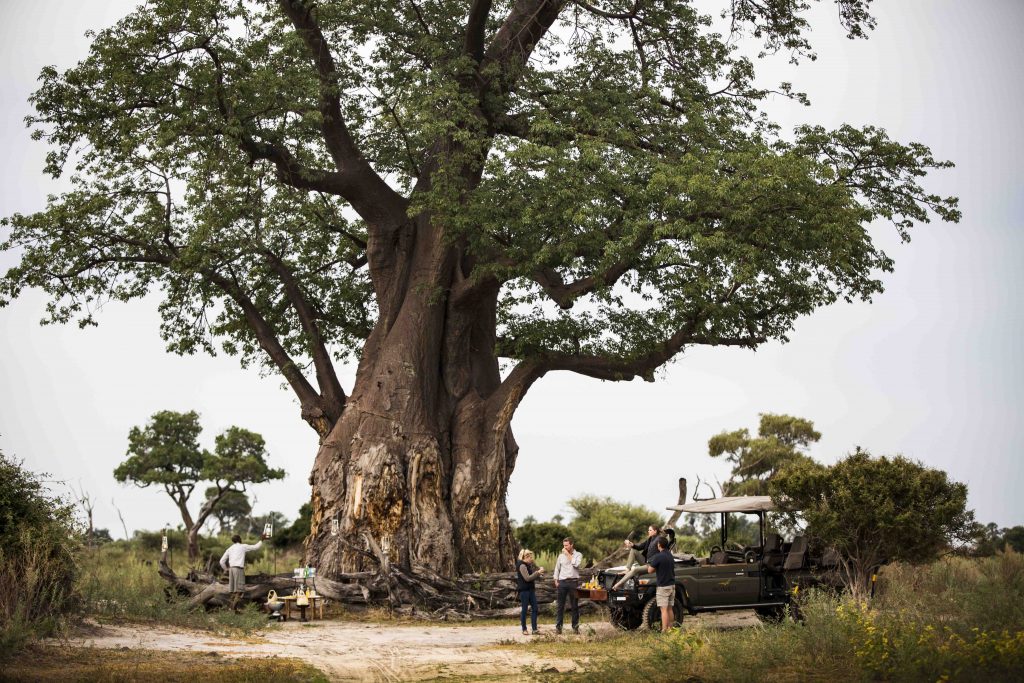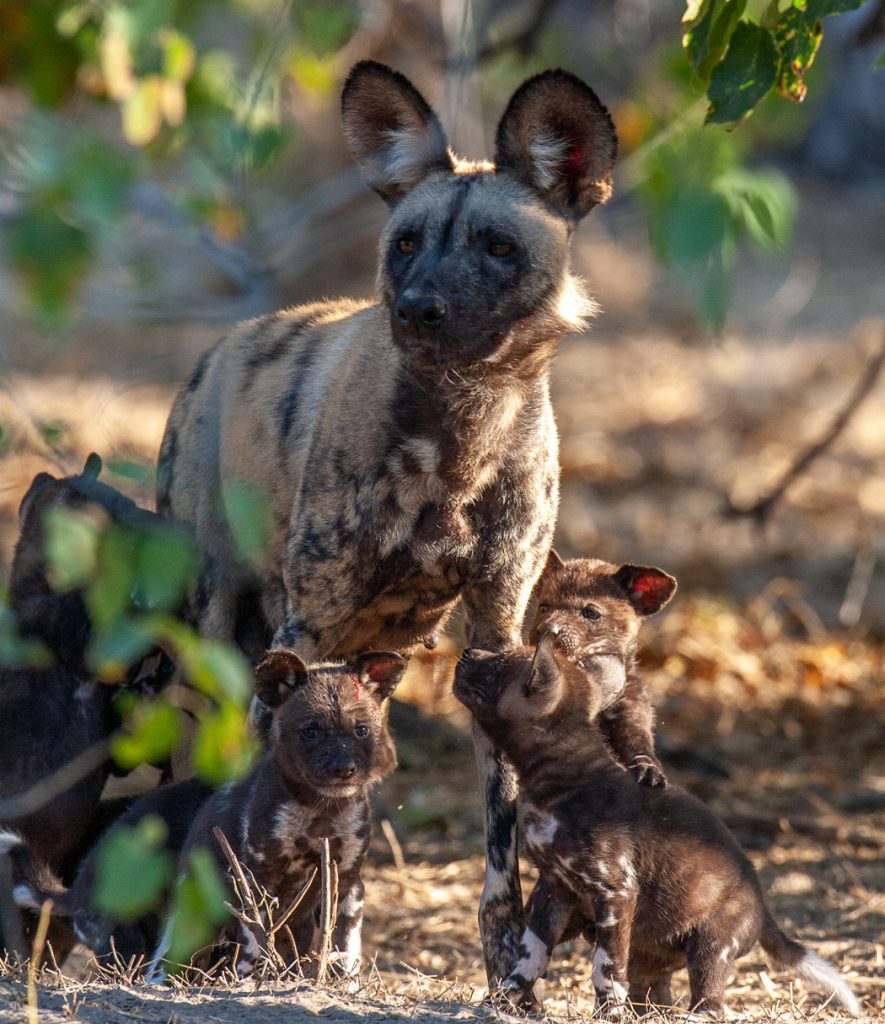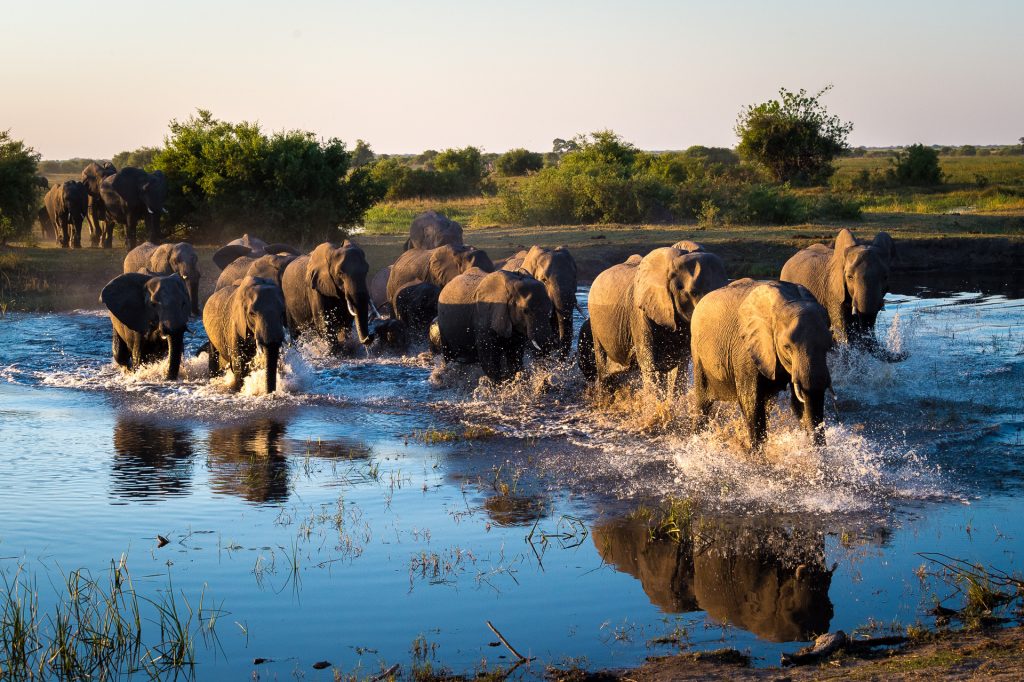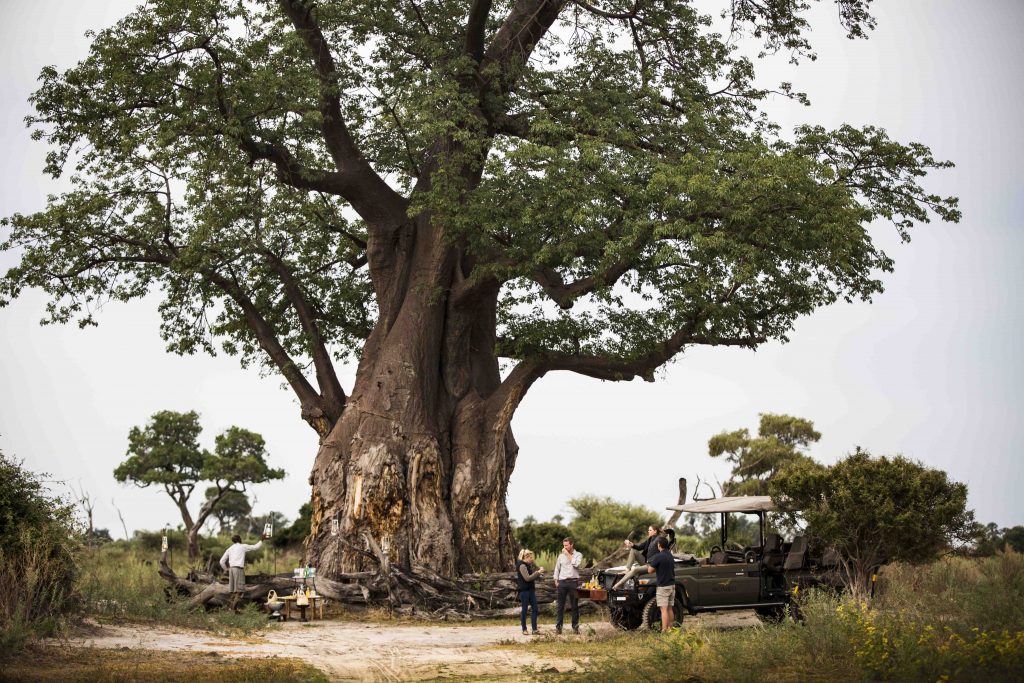YOUR GUIDE TO AFRICA
Article & Images Wilderness
Expanding the world’s wilderness
Long before Africa was carved up into countries, before borders were established and fences were erected, the wildlife of the continent moved freely. Following the rain and ancient migratory paths in search of water and nutrients, great herds of antelope, zebra, elephant and buffalo traversed huge distances. Predator territories were not bound to demarcated reserves and ecosystems functioned naturally – from the ant to the mighty lion.

All over Southern Africa, fences have traditionally been erected to keep animals out of local communities, and animals in and people out of wildlife reserves. As custodians of 2.3 million hectares (6 million acres) – and counting – Wilderness helps conserve and expand these wild places. From the vast, arid Namib to Botswana’s natural wonderlands of the Linyanti and Okavango Delta, to the plains of the Serengeti and the rainforests of Rwanda, our ultimate goal is to increase the world’s wilderness, together.
What does ‘unfenced’ mean?
It means miles and miles of endless, untouched landscape. It means diversity; from the wildlife to the vegetation, to the birdlife. It means more space; larger areas for herds to move, for predators to roam, and for ecosystems to function naturally. It means freedom. For you as our guest, as well as the wildlife, while still ensuring your safety is our top priority. And it means an exceptional wildlife experience, with the chance to experience the wilderness in its true, natural state.
Imagine spending time with lions on the hunt. The thrilling moment a lioness crouches, eyes trained on her prey. Watching her spring into action. The chase, the kill, the feast. It’s a coveted safari experience, never guaranteed, always rare, always thrilling. Now imagine having that experience to yourself, shared only with your Wilderness guides and your loved ones on your journey together…
Picture a herd of elephants wading across a channel of the Okavango Delta, the only observers of this passage, having a private window into their world as they splash and play and drink. Perhaps you’re sole witnesses to a pack of wild dog pups emerging from their den, watching the puppies beginning to frolic and play while adults snooze after an exhausting hunt. Visiting untamed, unfenced places means having front row seats to the daily rituals of Africa’s wildlife, and having these scenes to yourself.
Unfenced regions in Africa
In Southern Africa, the Kavango-Zambezi Transfrontier Conservation Area (KAZA) covers nearly 520,000 square kilometres (200,000 square miles), incorporating dozens of national parks and game reserves across Botswana, Namibia, Zambia, Zimbabwe and Angola. This cross-border conservation area is home to around 220,000 elephants, which is close to half of Africa’s entire elephant population. They’re able to thrive here because of the open system, because of conservation co-ordination between countries, and because it’s unfenced.
Wilderness camps in the Okavango Delta, Linyanti, Hwange, Mana Pools, Kafue National Park and the Zambezi River basin protected areas enjoy access to this vast, unfenced landscape.
Wildlife corridors
To an elephant, a man-made international border means nothing. When fences come down, systems open up. Elephants are able to move freely across borders, following ingrained migratory routes. When elephants are able to move, this puts less pressure on trees and water sources. Their tendency to push down trees helps smaller species by providing micro-habitats and stimulating vegetation growth. However, when herds are confined, they end up toppling too many trees, even the largest ones, leaving a sparse landscape where pioneer species sometimes end up taking over, making the environment less desirable for certain animals. In the case of elephants, unfenced systems have enormous benefits; unrestricted movement allows elephants to interact with different herds, promoting genetic diversity and the ecosystem benefits as elephants shape the environment by dispersing seeds, creating waterholes and maintaining open grasslands. In short, when elephants thrive, other wildlife thrives.
As part of our ongoing conservation efforts, Wilderness has been working with Ecoexist since 2019, sponsoring satellite elephant collars that help collect data and map elephant movements in the Okavango Delta and Linyanti. The data collected by these collars helps conservation partners better understand elephant movements, which helps mitigate conflict between elephants and the communities they share space with.

We’re also protecting the other giants of the bush, the majestic baobab. In the Mombo area of Botswana’s Okavango Delta and at Wilderness Chikwenya in Zimbabwe’s Mana Pools, our teams are hard at work with efforts to safeguard these ancient trees, which can live to 1000 years old. With most of the damage currently coming from elephants, we’re experimenting with different methods to defend this impressive species.
As part of our ongoing conservation efforts, Wilderness has been working with Ecoexist since 2019, sponsoring satellite elephant collars that help collect data and map elephant movements in the Okavango Delta and Linyanti. The data collected by these collars helps conservation partners better understand elephant movements, which helps mitigate conflict between elephants and the communities they share space with.
We’re also protecting the other giants of the bush, the majestic baobab. In the Mombo area of Botswana’s Okavango Delta and at Wilderness Chikwenya in Zimbabwe’s Mana Pools, our teams are hard at work with efforts to safeguard these ancient trees, which can live to 1000 years old. With most of the damage currently coming from elephants, we’re experimenting with different methods to defend this impressive species.
Protecting predators
Another keystone species, lions, have an important role to play in their environment. They keep prey populations in check, which in turn affects the vegetation. When lions have a healthy source of prey, like plenty of zebra and wildebeest, it ensures that areas don’t become overgrazed. When the soil and grassy plains are healthy, smaller wildlife thrives. Pangolins and aardvarks have safe habitat to move in, birds and insects and frogs and tortoises thrive. For all of this to happen, safe unfenced landscapes are needed.
Operating in unfenced, open systems also means having to monitor wildlife more closely, ensuring that human-wildlife conflict is kept to a minimum.
Through our partnership with local Botswana non-profit Communities Living Among Wildlife Sustainably (CLAWS) as well as the Lion Recovery Fund, we are helping to reduce human-wildlife conflict in the Okavango Delta. By offering both a logistical and physical presence, as well as monitoring and collaring where needed, Wilderness is central to protecting the largest stronghold of lions in Southern Africa.


